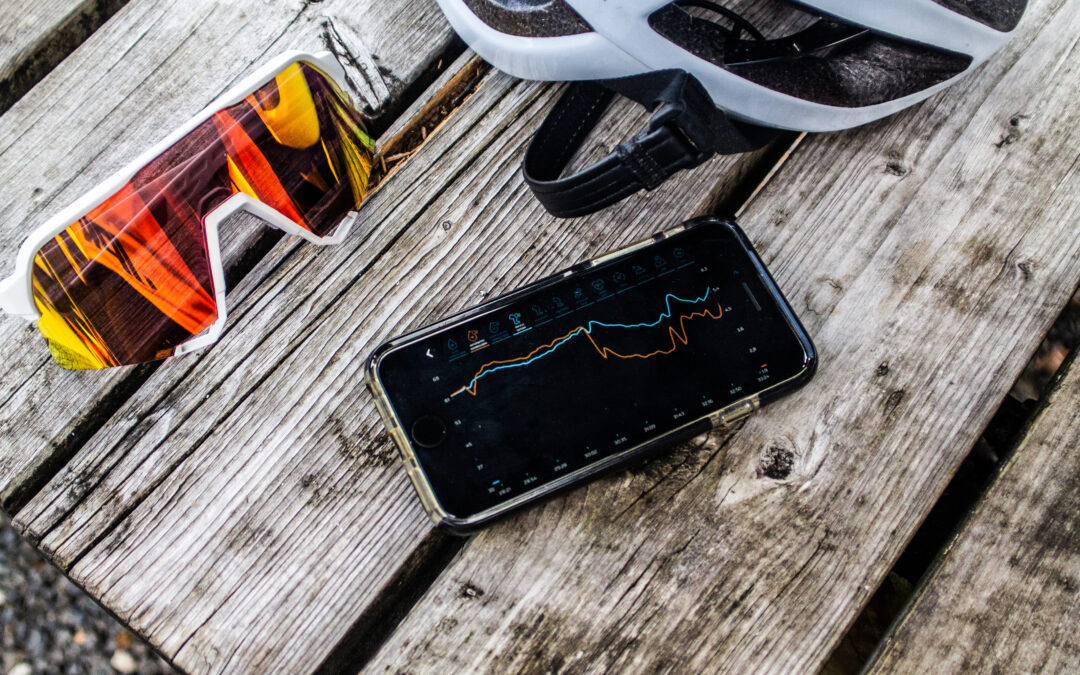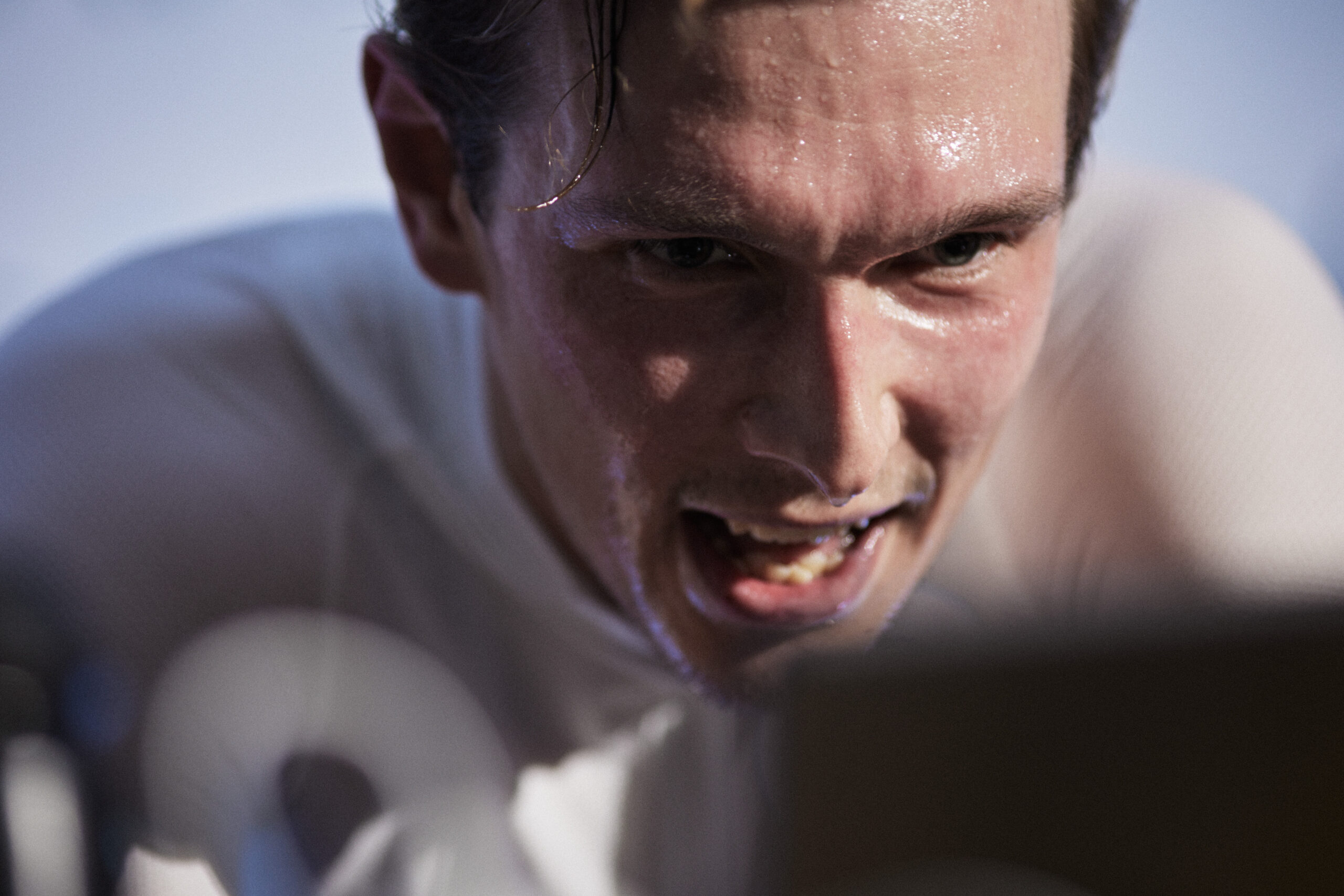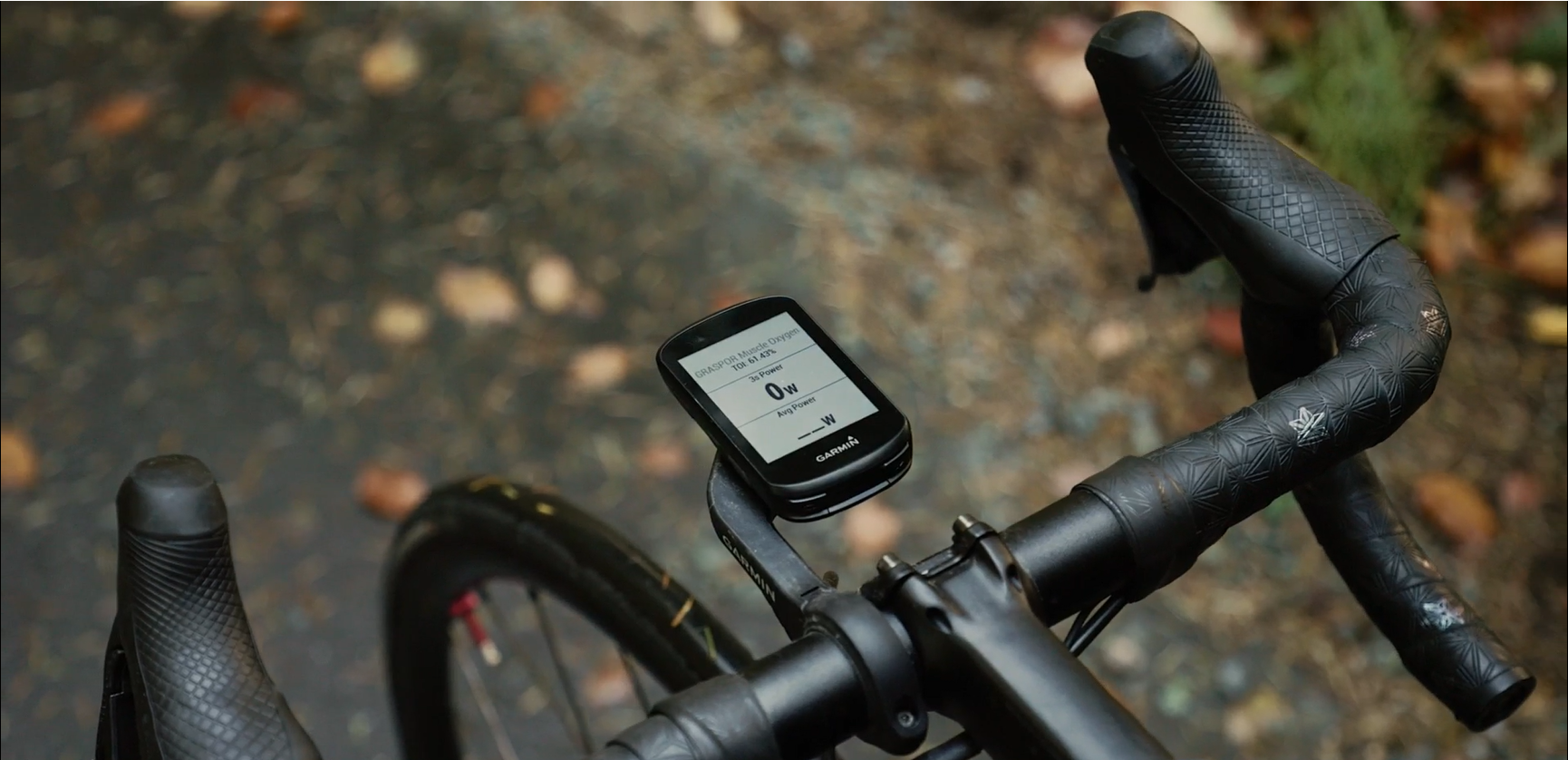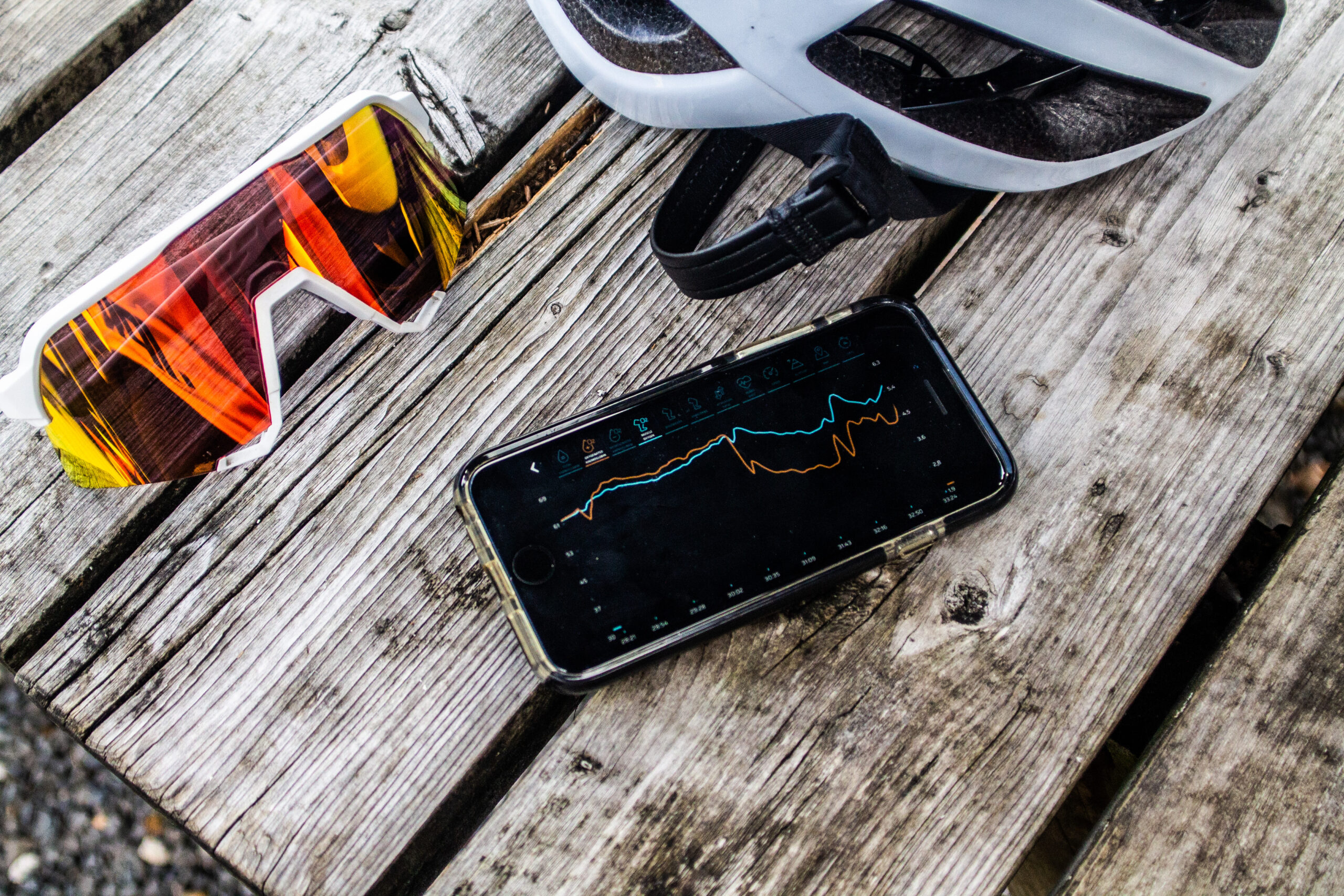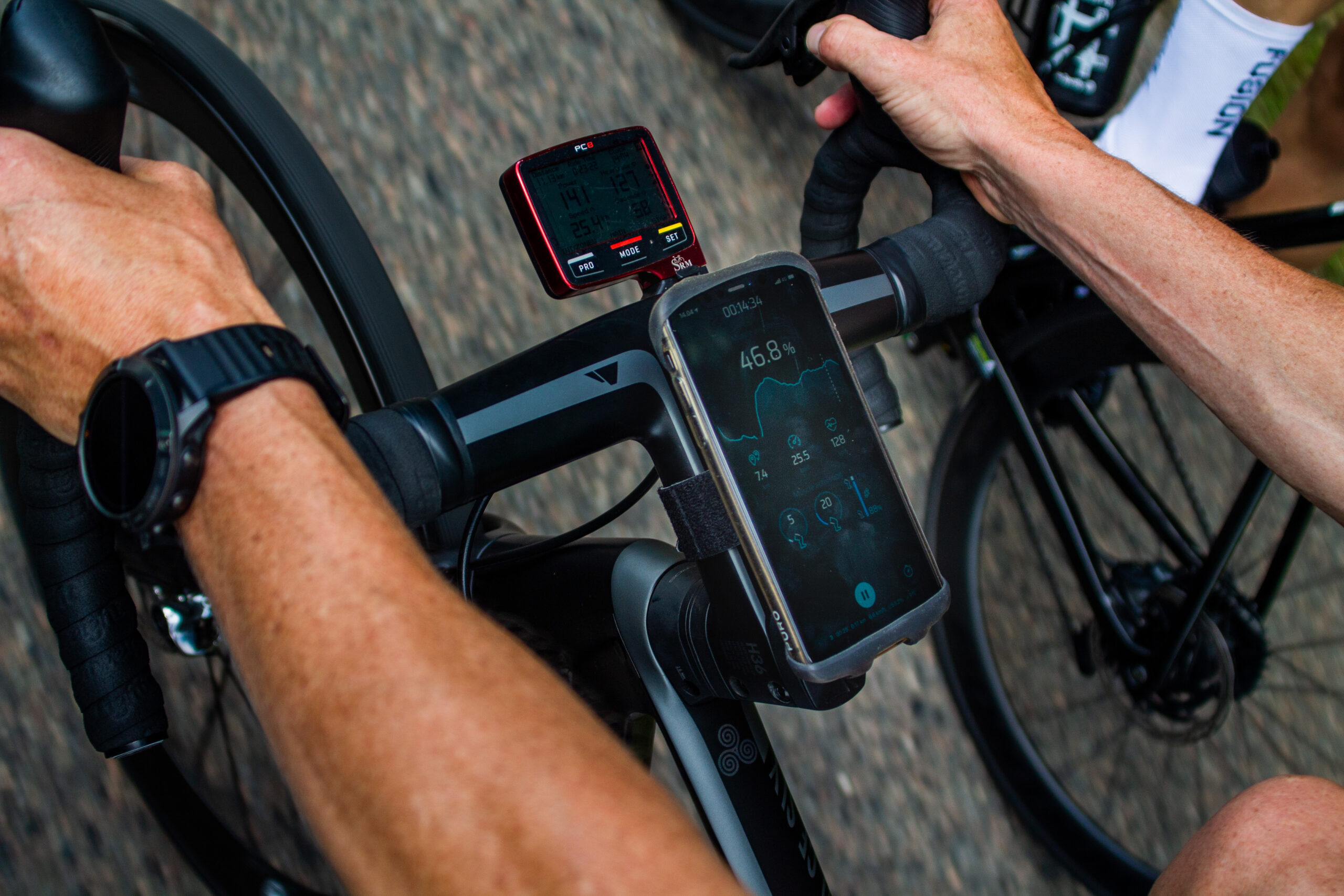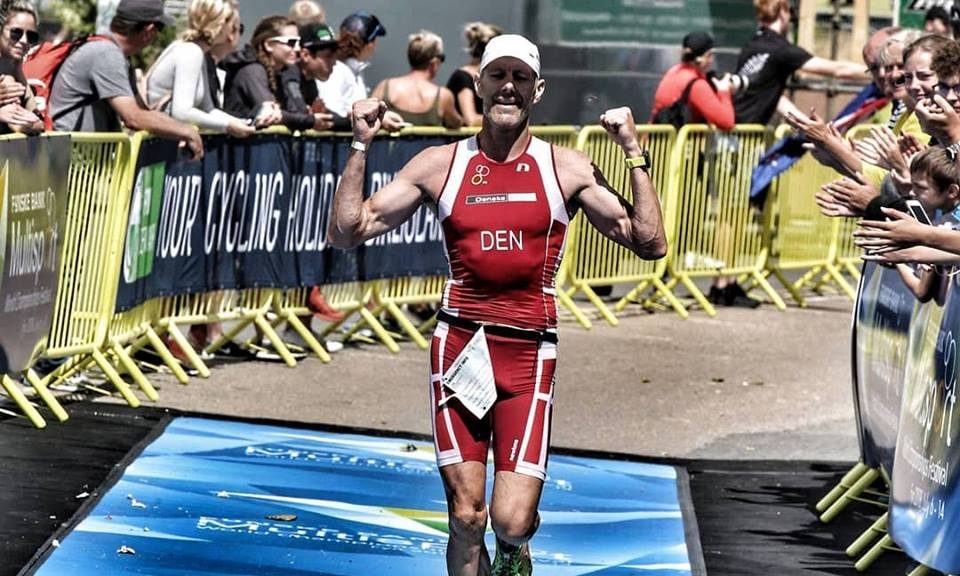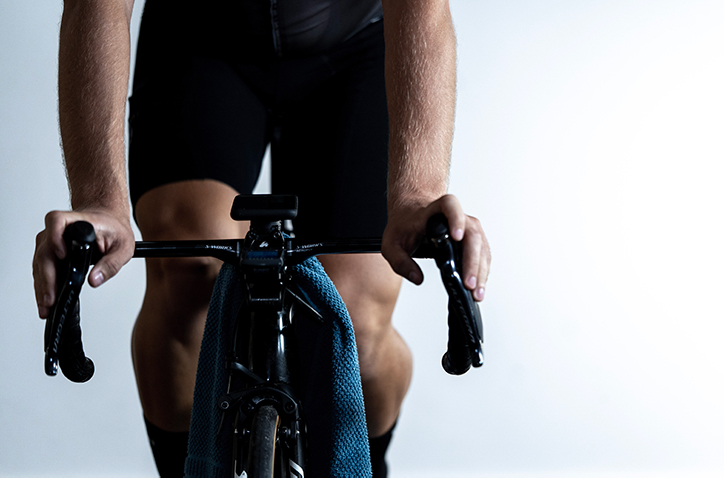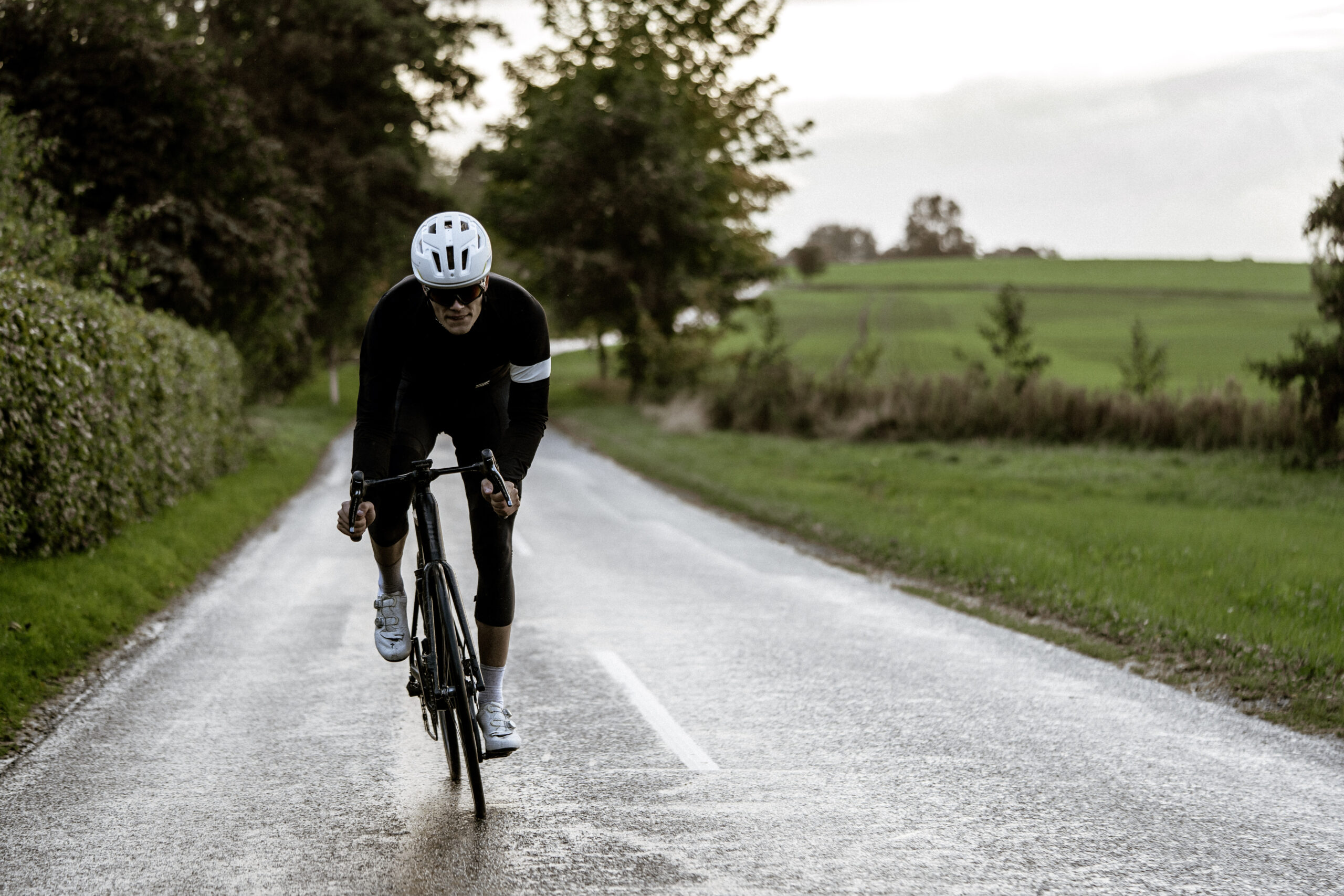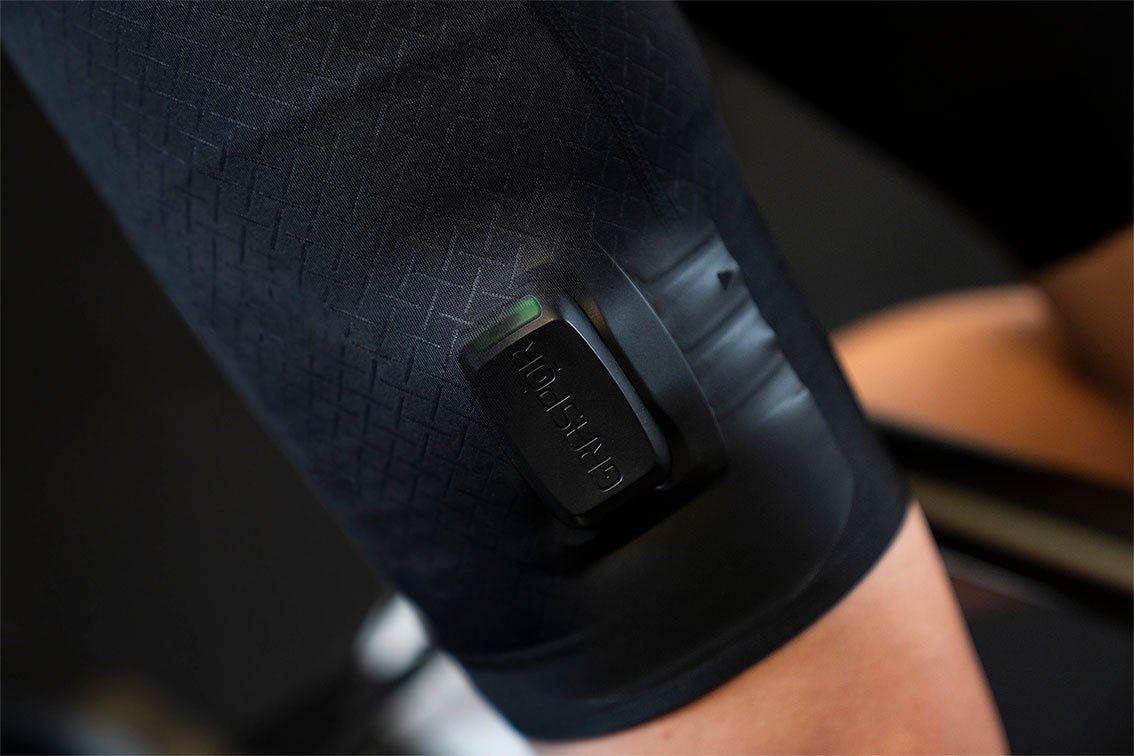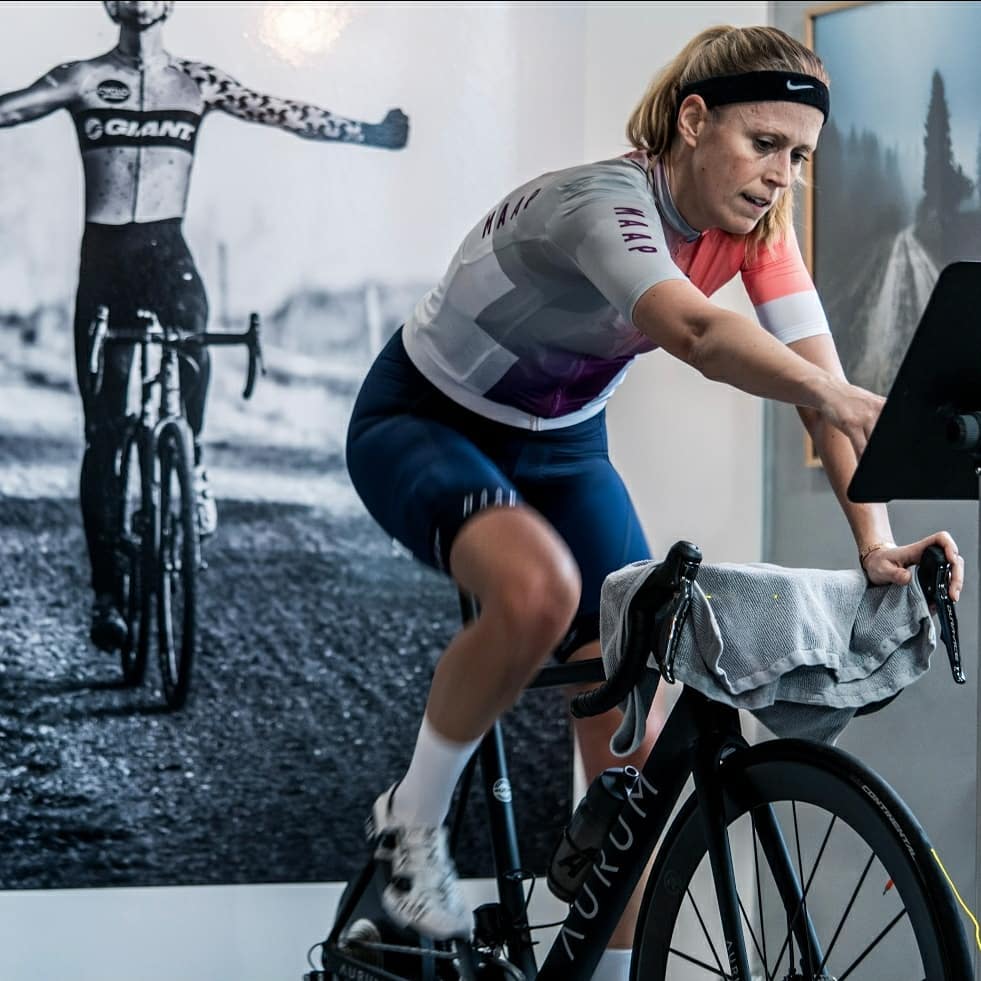Muscle Oxygen:
GRASPOR measures the oxygen saturation in your muscles. Oxygen levels in the muscles are critical because oxygen is essential to produce energy in the muscles. Without oxygen, the muscle can only produce energy for a short duration of time. This also means that you stress you muscles with a high load if you work with low oxygen. Therefore, knowing the oxygen level is very useful.
Muscle Oxygen is the balance between oxygen delivery and oxygen consumption in the muscle. Muscle Oxygen varies from person to person, but most people will have values between 50-70% at rest.
Muscle Oxygen vs Pulse oximetry
Pulse oximetry is the oxygen saturation in the arteries, blood oxygen. It only represents the oxygen supply, which is useful for a general health assessment. Its commonly measured with wrist smartwatches or fingertip pulse-oximeter but has no value for training optimization.
Besides measuring oxygen saturation, GRASPOR also measures oxygenated haemoglobin and deoxygenated haemoglobin.
So, when knowing the level of oxygenated haemoglobin and deoxyhemoglobin, you can figure out if it´s the demand or supply that is your limitation.
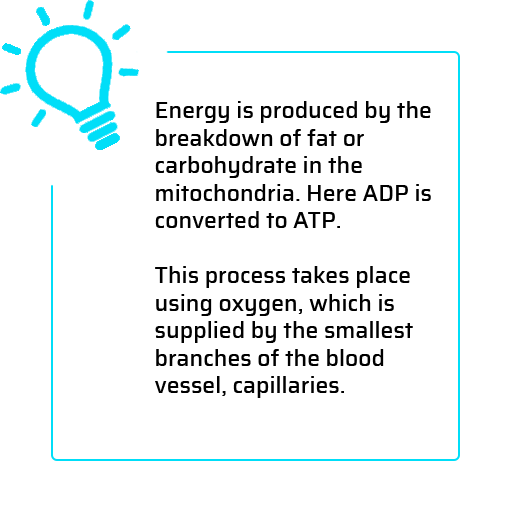

Deoxygenated haemoglobin example
If you do 6x 6 minutes with stable power during the efforts, see that the Deoxygenated haemoglobin increases, it will indicate that your muscles require more oxygen to produce the energy needed to sustain the power. If the amount of oxygenated haemoglobin is stable, it means that the oxygen demand increases.
Oxygenated haemoglobin example
If you do 6x 6 minutes with stable power output and see that the oxygenated haemoglobin drops during the efforts when the deoxygenated haemoglobin is stable, it often means that the muscles are fatigued. In that case, the muscles struggle to pull oxygen from haemoglobin cells into the muscles through the capillaries. This indicates a supply issue.
The oxygenated haemoglobin can also tell you if your muscles need higher stress during the warm-up procedure. If you see that the oxygenated haemoglobin increases in the efforts after you completed your warm-up, your body needs efforts with a higher power or longer duration during the warm-up.
How do we measure?
GRASPOR measures Muscle Oxygen by near-infrared spectroscopy, which via LEDs, it shines a light into the muscles tissue. The light is absorbed by the haemoglobin in the muscle tissue. Detectors measure the intensity of the light that is returned.
Since the oxygenated and deoxygenated haemoglobin has different absorption spectra in the near-infrared wavelength range, the muscle oxygen can be calculated.
Continue leaning about GRASPOR with our oher articles



